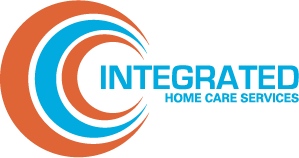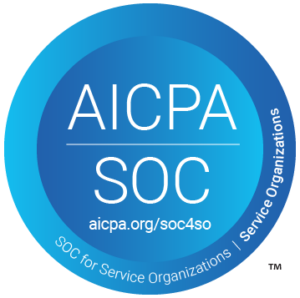Home Health Care News sat down with IHCS Co-Founder and Chief Development and Analytics Officer, Paul Pino, to learn the top challenges in the home-based care space, and how the IHCS model addresses those challenges.
This is an excerpt from the article in VOICES based on this discussion:
Home Health Care News: Paul, what career experiences led you to co-found Integrated Home Care Services?
Paul Pino: In 2007, I joined and invested in the predecessor to IHCS, a company created by our CEO in 1993 whose model coordinated durable medical equipment (DME), home health, and home infusion under a capitated payment methodology. We sold that company in 2012, and in 2015 we reentered the market as IHCS after we received an outpouring of requests from prior payer partners who needed a home care partner that was willing to manage utilization, create and manage networks, and adjudicate claims under a risk-based methodology. Based upon this request, we created a technology-enabled and fully transparent model that is accountable for coordinating all facets of home care services through a delegated, high quality, patient-focused approach.
Home Health Care News: What are the top challenges in the home-based care space that the IHCS model seeks to address?
Pino: When it comes to the IHCS model, our contracting approach and service standards start with a patient-centered focus and work backwards from there. As I speak, we’re seeing the largest ever increase in homebound seniors. Over the scope of the pandemic, we’ve seen a two-and-a-half times increase in the number of homebound seniors over the age of 70 from just below two million seniors to over 4.4 million seniors.
This vulnerable population needs a range of care options, from the very basic services, such as bathing and washing, to high-acuity level services. An example of this would be someone who’s been discharged from a hospital with a wound. We would not only have to coordinate the home infusion medication, the nurse who administers the infusion, and the hospital bed with an air-fluidized mattress, but also provide support if the patient needs help getting out of the bed or into the bathtub.
These additional routine, yet necessary, functions require coordination and could be the difference between home-based and institutionally-based convalescence and costs.












